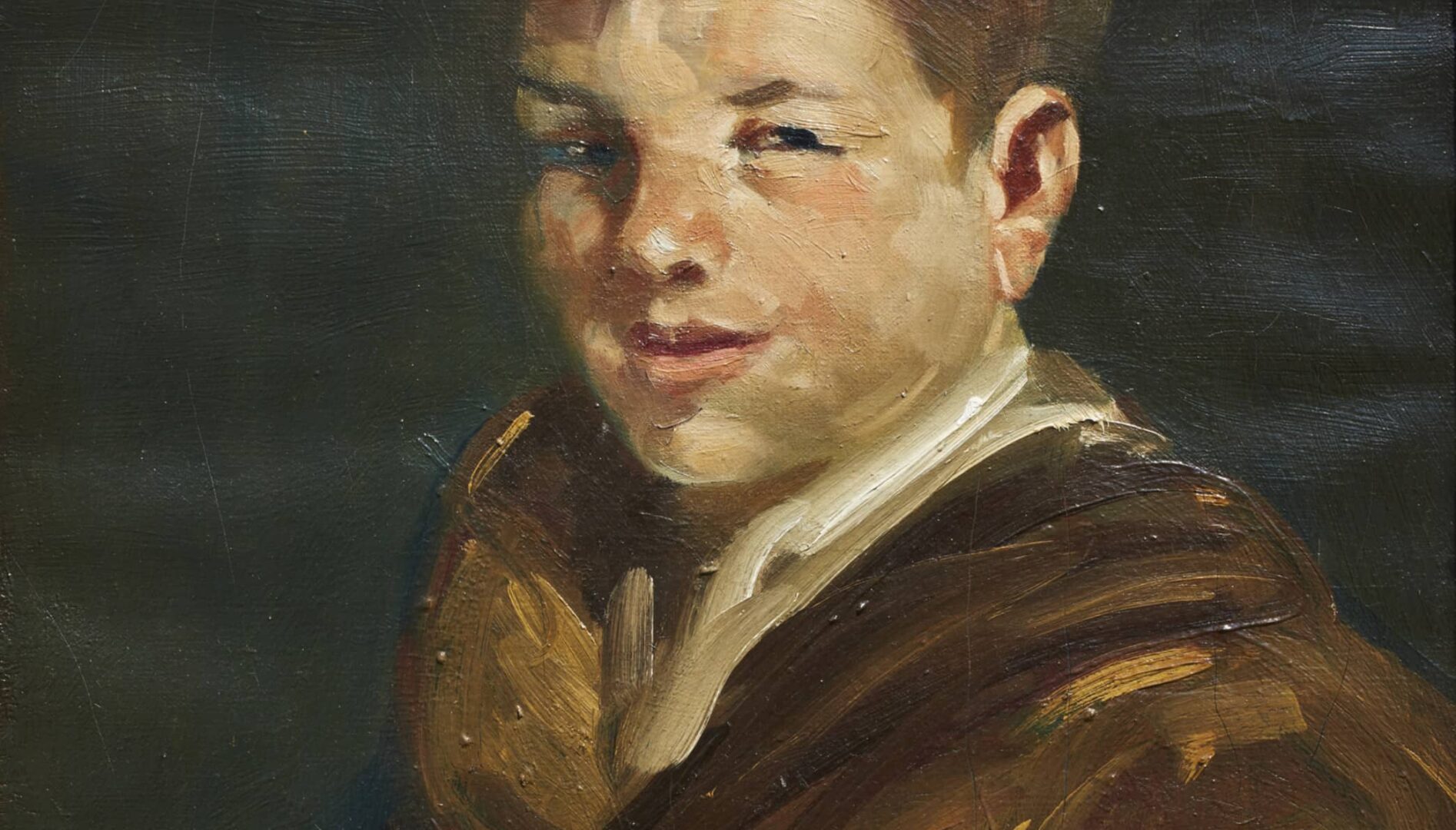Portraiture is about truth and honesty, both in how we choose to have ourselves portrayed and in how artists present their subjects. During the Renaissance, portraiture was tied to humanism, which values the individual. Artists sought to recover the art of portraiture known from Greek and Roman antiquities. We all like to embellish, however, and the Roman examples in this survey of the Museum’s European and American portraits are stylized and simplified. Maybe all portraits are about relationships and the intensity of the encounter between artist and subject. Not every portrait is a picture, however.
This gallery features European and American art in photography, painting and sculpture. It includes epitaph inscription slabs from ancient Roman tombs, a coat of arms, and a reliquary. The works in this gallery represent the diversity of our community as well as of our collection, and span thousands of years, and many continents and are done in many styles. They also challenge our idea of what we understand by Europe – proud Syrian Romans in togas, for example, speak to us from their tombstones, in Aramaic.

